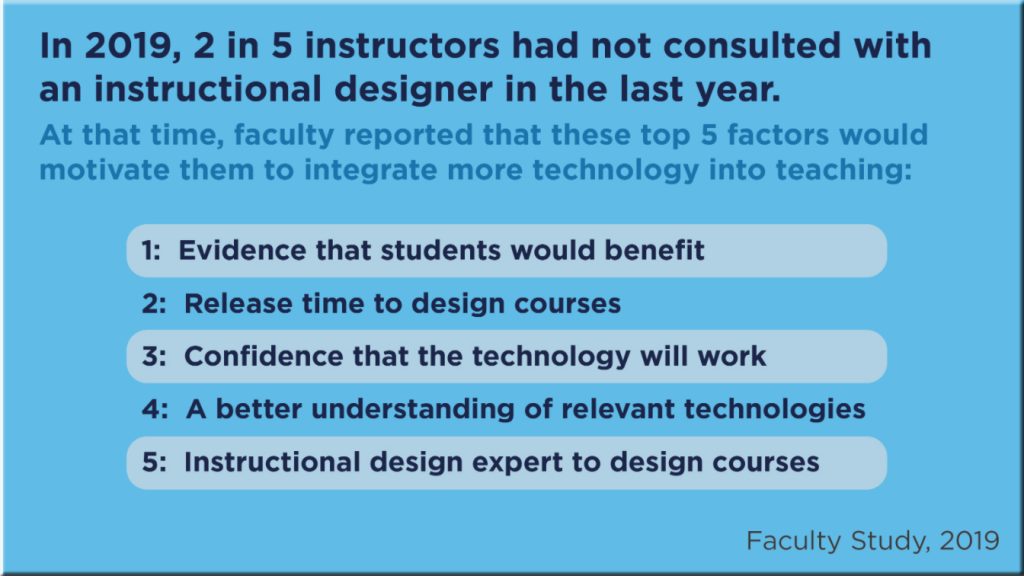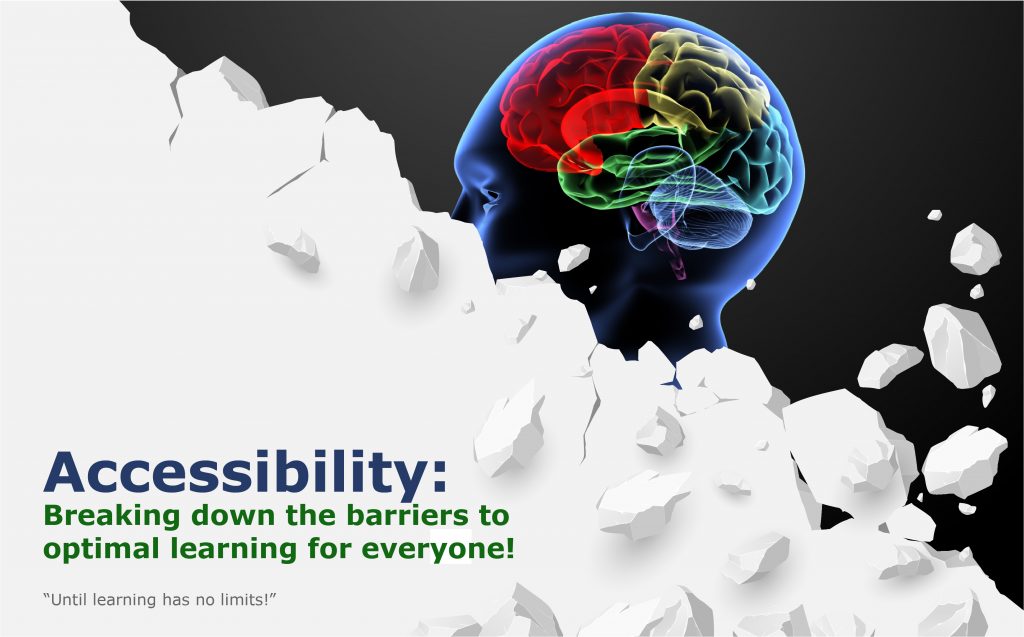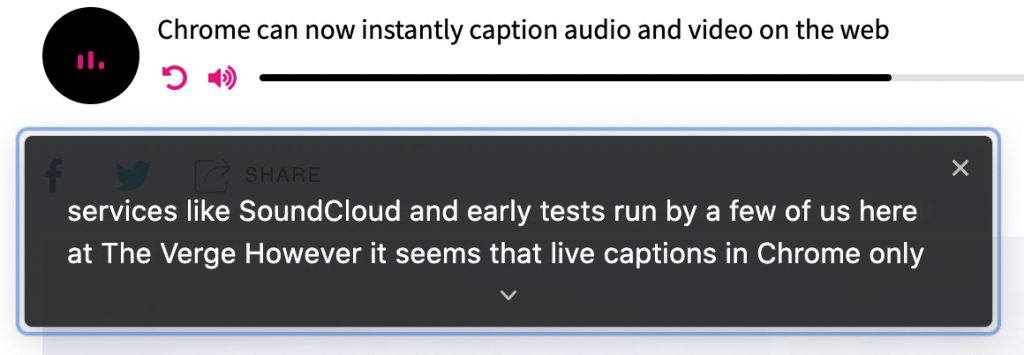5 Ways to Marry Higher Ed to Work — from campustechnology.com by Dian Schaffhauser
Excerpts:
- Treat employers as customers.
- Move beyond the idea of the bachelor degree as the end-all.
- Link coursework with competences.
- Develop a “shared vocabulary of skills” that can be used by employers and peer institutions.
- Design for equity and inclusion.
From DSC:
It’s great to see more articles like this that promote further collaboration — and less siloing — between the worlds of higher education and the workplace.
My guess is that those traditional institutions of higher education who change/adapt quickly enough have a much greater chance at surviving (and even thriving). Those that don’t will have a very rough road ahead. They will be shadows of what they once were — if they are even able to keep their doors open.
Disruption is likely ahead — especially if more doors to credentialing continue to open up and employers hire based on those skills/credentials. One can feel the changing momentums at play. The tide has been turning for the last several years now (history may show the seeds of change were planted in times that occurred much longer ago).














